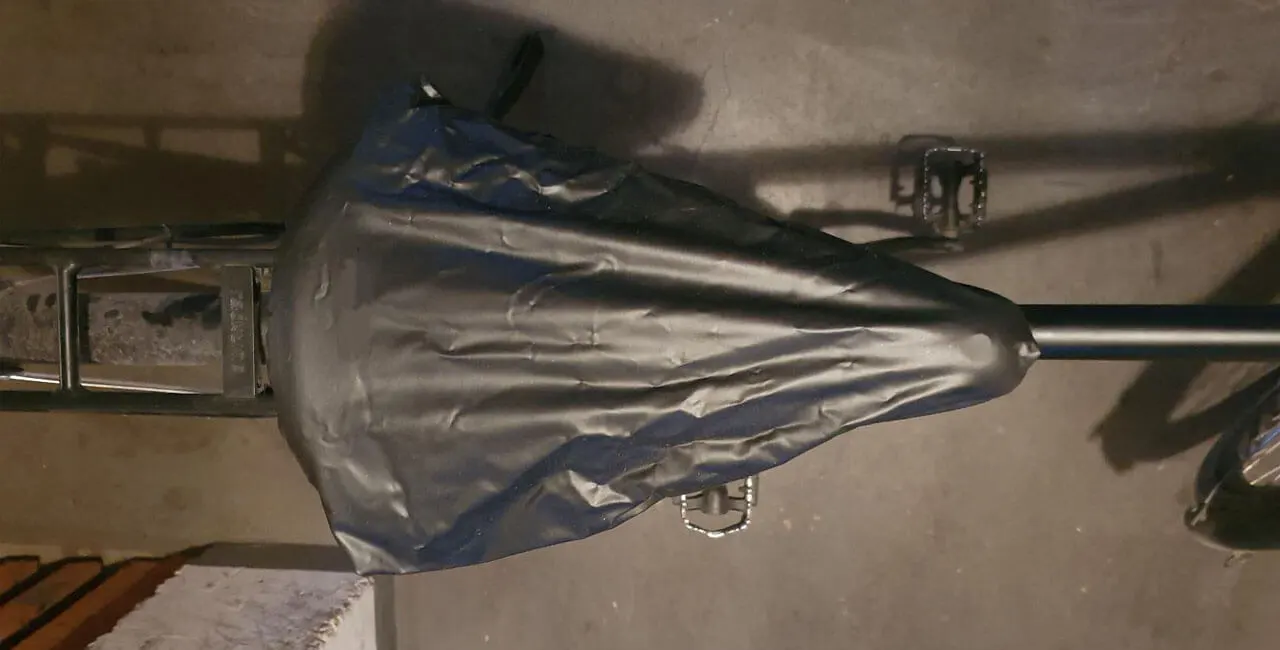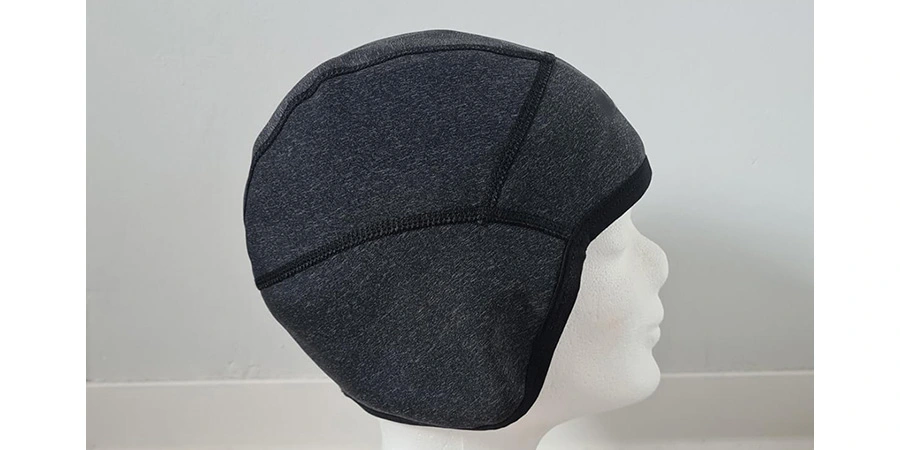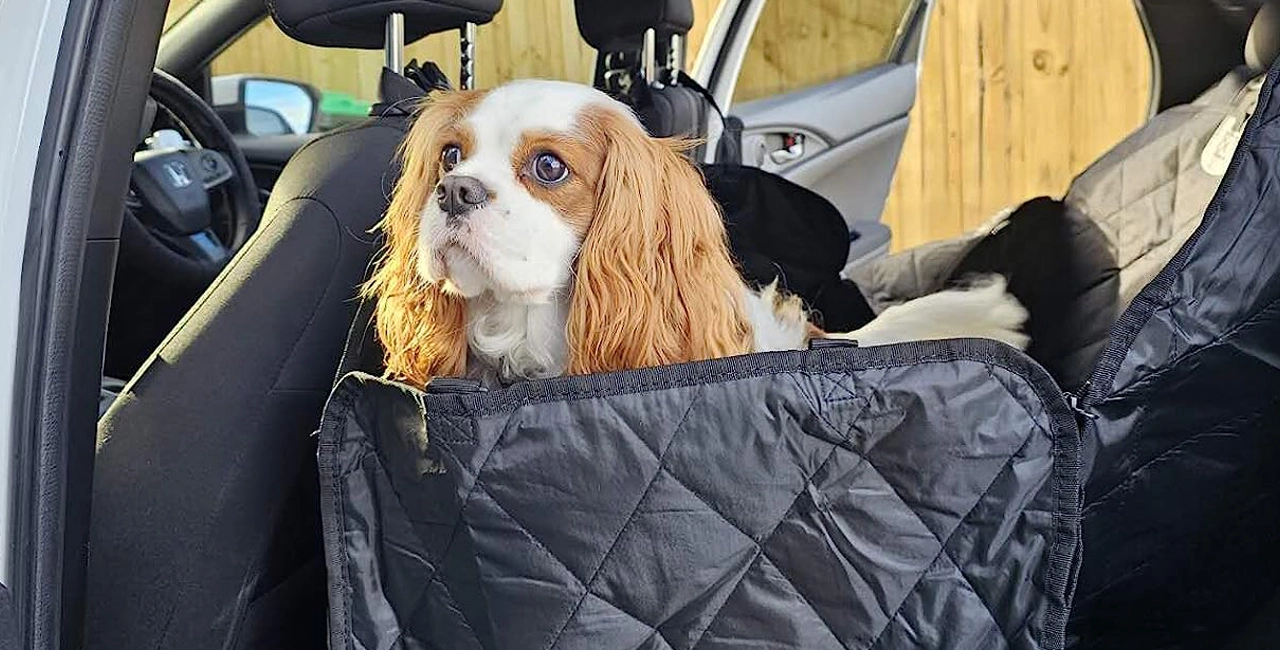Polyvinyl chloride (PVC) is a versatile plastic widely used in products such as car covers, RV covers, and protective canopies due to its excellent weather resistance, waterproof properties, and cost-effectiveness. The production process, formulation adjustments, and composite methods are tailored to achieve specific properties needed for various applications.
1. PVC Manufacturing Methods
1.1 PVC Resin Synthesis
Main Raw Material: Vinyl chloride monomer (VCM)
Polymerization Methods:
Suspension Polymerization:
The most common process; suitable for both flexible and rigid PVC.
Emulsion Polymerization:
Mainly used for producing flexible PVC.
Bulk Polymerization:
Employed for applications requiring high transparency.
1.2 Formulation Adjustments (Additive Blending)
Additives are incorporated to adjust properties such as hardness, flexibility, and weather resistance according to specific application requirements.
1.3 Processing and Forming Techniques
Extrusion:
Used for producing PVC films and sheets.
Calendering:
Suitable for high-strength waterproof fabrics.
Blow Molding:
Applied in the production of hollow products like inflatable covers.
Injection Molding:
Utilized for manufacturing small protective components.
2. PVC Specifications and Classification
PVC is generally classified into two categories:
Flexible PVC:
Commonly used in cover products.
Rigid PVC
Typical Specifications for Covering Products
Type | Thickness Range | Characteristics | Applications |
Flexible PVC Film | 0.1 mm – 2 mm | Soft, waterproof, transparent or opaque | Car covers, RV covers, raincoats, dust covers |
PVC Coated Fabric | 0.2 mm – 1 mm | Tear-resistant, weatherproof, anti-mildew | Outdoor covers, tarpaulins, protective canopies |
PVC Mesh Fabric | 0.3 mm – 2 mm | High strength, abrasion resistant, tear-resistant | Industrial protective covers, reinforcement for car cover bases |
PVC Foam Material | 1 mm – 5 mm | Lightweight, cushioning, sound absorbing | Linings for high-end cover products |
3. PVC Additives and Their Effects
Since PVC is inherently brittle, various additives are incorporated to enhance its performance:
3.1 Common Additives
Plasticizers (e.g., DOP, DINP, DOTP):
Increase flexibility and improve foldability.
Applications: Car covers, RV covers, raincoats.
Heat Stabilizers (e.g., Lead Salts, Ca-Zn Systems):
Prevent decomposition during high-temperature processing.
Applications: Outdoor protective covers, industrial canopies.
UV Absorbers:
Extend outdoor service life by mitigating UV degradation.
Applications: RV covers, tent covers.
Flame Retardants (e.g., Antimony Trioxide, Aluminum Hydroxide):
Enhance fire resistance.
Applications: Industrial protective covers, safety canopies.
Antistatic Agents:
Reduce dust adhesion.
Applications: Car covers, dust covers.
3.2 Effect of Additive Percentages on Physical Properties
Additive | Low Content (0.5%-2%) | Moderate Content (2%-5%) | High Content (5%-10%) |
Low Temperature Resistance: | Improves flexibility at –10°C | Maintains elasticity at –20°C | Prevents brittleness at –40°C, suitable for extreme cold |
Scratch Resistance: | Minimizes minor surface scratches | Increases surface hardness | Provides high abrasion resistance for high-end covers |
Break Resistance: | Enhances impact resistance | Improves tear resistance in harsh environments | Offers ultra-high toughness for heavy-duty applications |
Yellowing Resistance: | Delays slight yellowing (6–12 months) | Prevents yellowing for 2–3 years outdoors | Ensures over 5 years of yellowing resistance for premium products |
Cold Resistance: | Remains flexible in winter | Maintains softness at lower temperatures | Suitable for extreme cold (e.g., North America, Russia) |
Example Formulations:
Low-Cost PVC Cover:
2% low-temperature resistance agent, 1% yellowing inhibitor, 20% plasticizer.
Mid-Range PVC Cover:
5% low-temperature resistance agent, 3% scratch resistance, 3% yellowing inhibitor, 25% plasticizer.
High-End Weather-Resistant PVC Cover:
8% low-temperature resistance agent, 5% scratch resistance, 5% break resistance, 5% yellowing inhibitor, 30% plasticizer.
4. Composite Methods for PVC
PVC can be compounded with various materials to optimize properties such as abrasion resistance, waterproofing, and breathability. Common composite approaches include:
4.1 PVC + Spunbond Nonwoven
Composite Methods:
Hot Melt Laminating (for flexible covers)
Thermal Laminating (for high-strength covers)
Features:
Enhances breathability
Increases tear resistance and reduces direct contact with the substrate (e.g., car paint)
Applications:
RV covers, car covers (for protection against rain and snow), industrial protective covers
4.2 PVC + PEVA
Composite Methods:
Co-Extrusion (suitable for large-area films)
Hot Melt (for flexible products)
Features:
Combines PVC’s abrasion resistance with PEVA’s eco-friendliness
Provides strong waterproofing but low breathability
Applications:
Waterproof covers for outdoor equipment, raincoats, dust covers
4.3 PVC + TPU
Composite Methods:
Thermal Laminating (ensuring high elasticity and abrasion resistance)
PUR Hot Melt Laminating (for enhanced durability)
Features:
Increases elasticity and softness
Offers excellent abrasion and tear resistance, suitable for frequent folding
Applications:
High-end car covers, protective covers
4.4 PVC + Aluminum Foil
Composite Methods:
Hot Melt Laminating (ensures strong adhesion of the foil)
Calendaring (suitable for large-area car covers)
Features:
Reflects heat to lower internal temperatures
Provides waterproof and dustproof properties, ideal for extreme outdoor conditions
Applications:
Car covers (sun protection and heat insulation), RV roof covers
4.5 PVC + Woven/Knitted Fabric
Composite Methods:
Hot Lamination (high-temperature adhesive bonding)
Adhesive Bonding (using specialized adhesives)
Coating Lamination (directly applying PVC onto the fabric)
Features:
Enhances abrasion resistance, waterproofing, and tear strength
Increases durability and reduces PVC aging despite reduced breathability
Applications:
Car covers, RV covers, industrial protective covers, tents, outdoor awnings, waterproof garments, raincoats, workwear
4.6 PVC + PP Cotton (Polypropylene Cotton)
Composite Methods:
Ultrasonic Lamination (suitable for lightweight, high-flexibility products)
Hot Melt Adhesion (ensures uniform bonding and overall strength)
Calendering Lamination (improves surface finish and sealing)
Features:
Enhances insulation for cold environments
Increases softness and provides shock absorption
Applications:
High-end car covers, RV covers, instrument covers, cold-weather clothing, insulated covers, sound insulation and shock-resistant materials
5. Applications in Covering Products
Product Types and Material Selections
Product Type | Material Combination | Primary Functions |
Car Covers | PVC + Nonwoven / PVC + PEVA | Rain protection, sun protection, and durability |
RV Covers | PVC + Aluminum Foil / PVC + TPU | Heat insulation and UV resistance |
Industrial Protective Covers | PVC + Mesh Fabric / PVC + TPU | Abrasion resistance, fire retardancy, and dustproofing |
Raincoats / Dust Covers | PVC + PEVA / Pure PVC | Economical waterproof protection |
Inflatable Protective Covers | PVC + TPU | High elasticity and tear resistance |
6. Conclusion
PVC production predominantly uses suspension polymerization, with formulation adjustments to meet specific application requirements. The specifications—primarily thickness, flexibility, UV resistance, and flame retardancy—are tailored by the use of various additives. Composite techniques such as hot melt laminating, thermal bonding, co-extrusion, and calendaring are employed to enhance properties for diverse covering applications. These advancements enable PVC and its composites to serve effectively in car covers, RV covers, industrial protective covers, raincoats, and more, ensuring both performance and durability in demanding environments.

 English
English 

